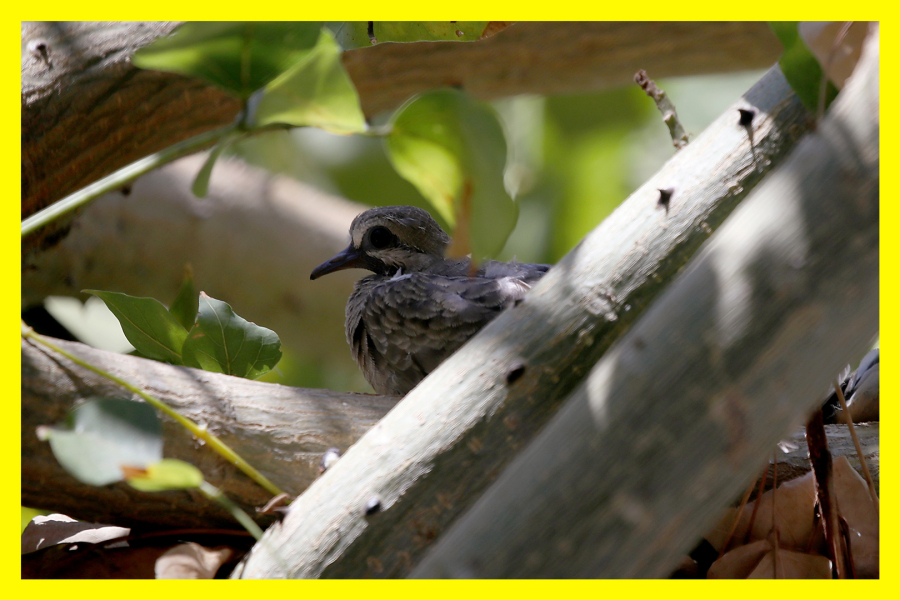LOS ANGELES — If you were old enough to buy CDs in the ’90s, you may remember listening stations at superstores that featured music by some of nature’s noisiest creatures: birds. These CDs blended classical music like Brahms’ lullaby with the plaintive call of a loon, or smooth jazz coupled with the howls of wolves (“Jazz Wolf,” anyone? It was a 1993 classic). Sometimes the composers even threw in a frog ribbit or cricket chirp in this golden age of nature mashups.
I would put on the headphones at the listening station and chuckle at the sound of a barn owl hooting to Beethoven’s Fifth, wondering who the target audience was.
If you prefer your nature sounds unadorned, consider recording them yourself.
Maybe you’re thinking, “Why bother, when I can go to All About Birds and hear those sounds anytime?” The answer is as simple as you want it to be: Because you need something to keep you interested while hiking, because recording bird sounds captures memories, because you like audio journaling, because you want to contribute to research — or because birdsong can be as ephemeral as the bloom of a morning glory, and you want to hold onto it. If you’re inclined to set your bird sounds to smooth jazz later, that’s your prerogative.
Whether it’s the high-pitched squawk of a dramatically gray, black and white Clark’s nutcracker at Mammoth Lakes, or the fairy tale music of a Swainson’s thrush singing from your garden bird feeder, these sounds are as varied as human voices — and there’s a charm to studying them on your own.
Jet Propulsion Laboratory scientist Lance Benner, who captures radar imaging of asteroids in his day job, regularly records birds while hiking and mountain biking. Benner says he has been fascinated by bird vocalizations since he was a child, when he first learned the calls of birds such as northern cardinals, barred owls and common loons.
“Some bird songs are utterly magical,” Benner said. “I love listening to them and love preserving brief moments in time with recordings.”
Recording bird sounds is how Benner and many others learn them, tuning into what birds may be nearby without being able to see them. “I grew up in New England, where it can be hard to see forest birds in the spring and summer after the leaves come out. If you learn the songs, you can identify many, many more species than visually.”
As far as recording equipment, Benner is fond of both simple solutions like his iPhone and more complicated equipment. When using his iPhone, he turns to his Voice Memos app or Voice Record Pro; the latter can perform simple audio editing and conversion to different file formats. There are also bird-specific iPhone apps that record, including Song Sleuth and Bird Genie, which can identify up to around 200 species.
Is it really possible to get a decent recording from your phone? “It most certainly is,” Benner said. You can also extract sound files from the audio of a video, including on an SLR camera. Sounds haven’t been as good, Benner said, as from sound recorders, but these devices are “surprisingly capable.”
Benner imports the mp4 files from his iPhone into Audacity or Raven Lite, where he can more closely examine and edit them. For an Android phone recording, he recommends RecForge II. You can also plug an external microphone into your phone for better recordings.
If you’d like to increase the quality of your recordings and have a few hundred bucks to divert to your outdoor budget, you can use a separate recorder with an external microphone, which reduces background noise. Your best option for recording low-frequency sounds, like those from owls, mourning doves and grouse, is a shotgun microphone. These long, barrel-shaped microphones absorb sound from a specific direction. You can get them at any Best Buy or major electronics stores, as well as online from retailers, including B&H Photo Video and Sweetwater.
Benner typically uses a Sound Devices MixPre-3 recorder and an old Olympus LS-10 recorder that’s no longer available for purchase, with an 18-inch Sennheiser ME67 shotgun microphone (no longer available, but you can try a variety of other mics, including the 10-inch Sennheiser MKE 600 shotgun microphone) while hiking. A windscreen over the mic helps filter out wind.
When seeking to capture sensitive sounds coming from multiple directions, he has also used an omni directional Sennheiser ME62 with a Telinga Parabolic dish.
If you’re looking to record at night or at other times when you won’t be near your equipment, consider an open acoustic device called a sound logger, like the AudioMoth or Song Meter Mini, which can automatically record at specified intervals for up to several weeks. Benner discreetly straps these sound loggers to trees far from the trail so they’re not vandalized, leaving them out for a couple days up to a month, and then transfers the files from the SD card to his hard drive to check them.




